15 Weird Kitchen Smells Every Boomer Remembers (But Can’t Quite Explain)

Growing up in the ’60s and ’70s, our kitchens were more than just places to cook—they were aromatic wonderlands, each filled with mysterious scents that wrapped around you like a warm hug.
I can still picture walking into Grandma’s house and being instantly enveloped by that unforgettable blend of simmering soups, fresh-baked bread, and something sweet always cooling on the counter. It wasn’t just food—it was atmosphere. A dash of cinnamon here, a whiff of bacon grease there, maybe even a hint of percolating coffee—all working together to create a sensory symphony that screamed home.
These smells weren’t background noise; they were front and center in our memories, baking themselves into our childhoods in a way today’s sleek, scent-neutral kitchens rarely do. You didn’t need a recipe book to feel comforted—just a deep breath. Because in those days, the kitchen didn’t just feed our stomachs—it nourished our souls.
1. The Tupperware Burp

Remember that distinct plastic puff of air when you sealed a Tupperware container? My mom’s kitchen drawers were a rainbow of those pastel containers, each releasing that unmistakable synthetic breath when pressed shut.
The smell wasn’t exactly pleasant, yet wasn’t offensive either—just distinctly… Tupperware. Scientists now tell us it was actually a combination of polyethylene releasing volatile compounds, but to us kids, it was just part of leftover storage magic.
Those containers were prized possessions, acquired through legendary Tupperware parties where neighborhood women gathered to socialize and stock their kitchens. The scent of new Tupperware meant mom had splurged on kitchen organization—a rare and special occasion in most middle-class homes.
2. The Electric Percolator’s Morning Song
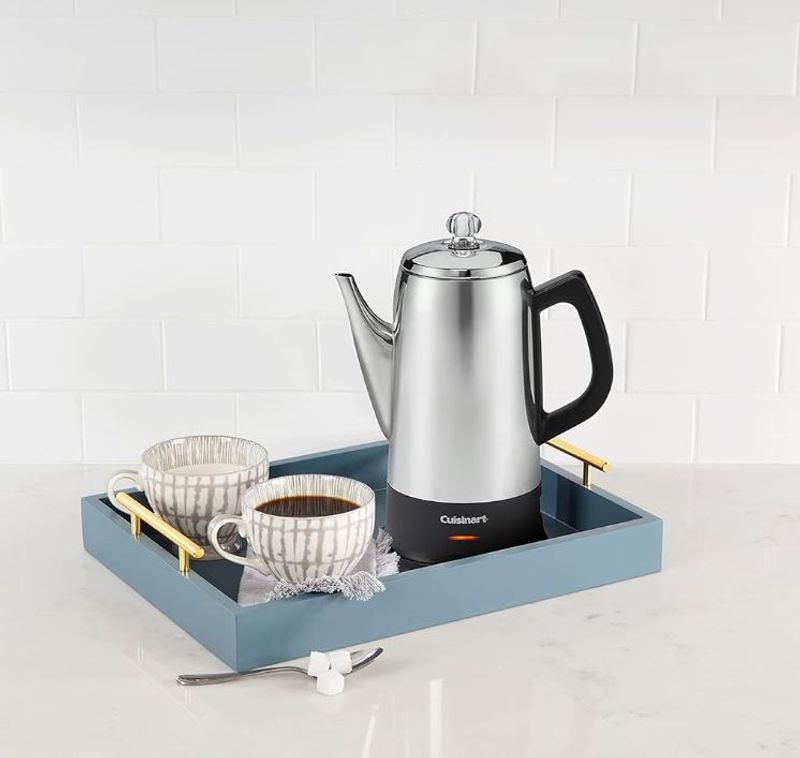
Long before Keurig and fancy espresso machines, the electric percolator’s gurgle-pop rhythm was the soundtrack to American mornings. I’d wake to that bubbling cadence and the rich, slightly metallic coffee aroma that seemed stronger and more assertive than today’s brews.
The smell had hints of electricity—something slightly hot and mechanical mixed with coffee beans. Mom’s percolator, a gleaming chrome General Electric model, sat proudly on our countertop, brewing what dad called “real coffee.”
That distinctive scent meant adults were gearing up for their day, newspapers would soon rustle, and the kitchen would transform into command central. No coffee has ever smelled quite the same since those percolator days.
3. Bacon Grease in the Coffee Can
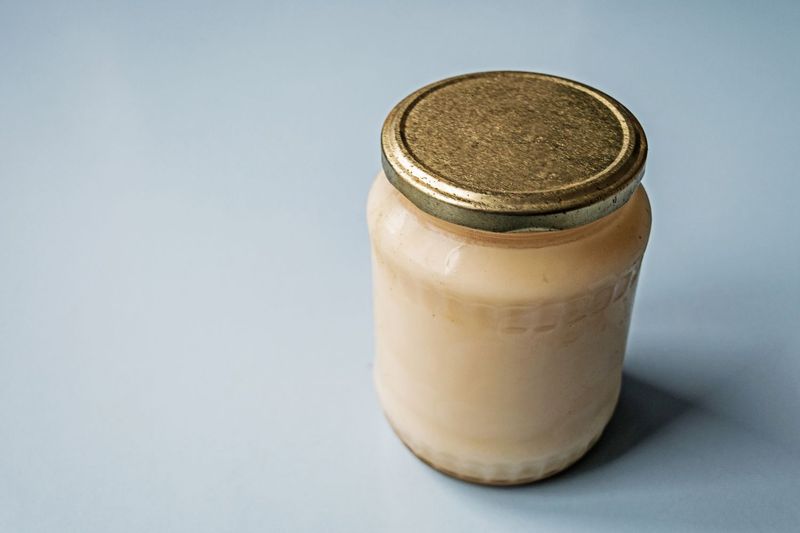
Every boomer kitchen had that coffee can on the back of the stove filled with saved bacon grease. My grandmother’s kitchen always featured a Folgers can with its plastic lid, ready to receive the morning’s bacon drippings.
The aroma was complex—part smoky bacon, part metallic can, with hints of previous meals cooked in that recycled fat. Nothing went to waste in those days! That slightly rancid yet homey smell meant comfort food was coming soon.
We didn’t worry about cholesterol back then, and vegetables simply tasted better when sautéed in a spoonful from that magical can. The practice has largely disappeared from modern kitchens, but the distinctive smell of that bacon repository remains locked in our sensory memories.
4. Burnt Plastic Handles on Pots and Pans
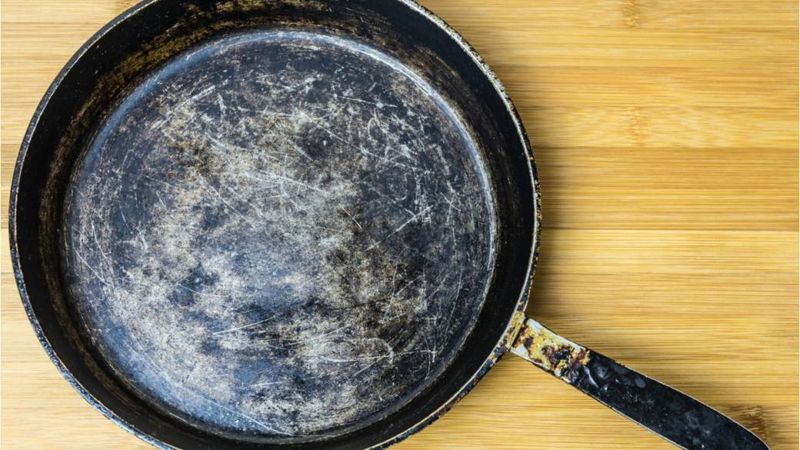
Accidentally turning the wrong burner on high would send that unmistakable acrid smell of melting Bakelite through the house! Our family’s Revere Ware pots had those brown plastic handles that seemed magnetically attracted to lit burners.
The smell was instant and alarming—a sharp, chemical odor that meant someone had messed up. Mom would come running, muttering under her breath about ruined cookware. Those handles never quite looked the same after being singed, bearing battle scars of kitchen mishaps.
Modern silicone and heat-resistant materials have largely eliminated this kitchen disaster, but that distinctive burnt plastic smell instantly transports me back to those moments of culinary panic. One whiff and I’m ten years old again, hoping I’m not the one who’ll get blamed!
5. The Refrigerator Defrost Operation
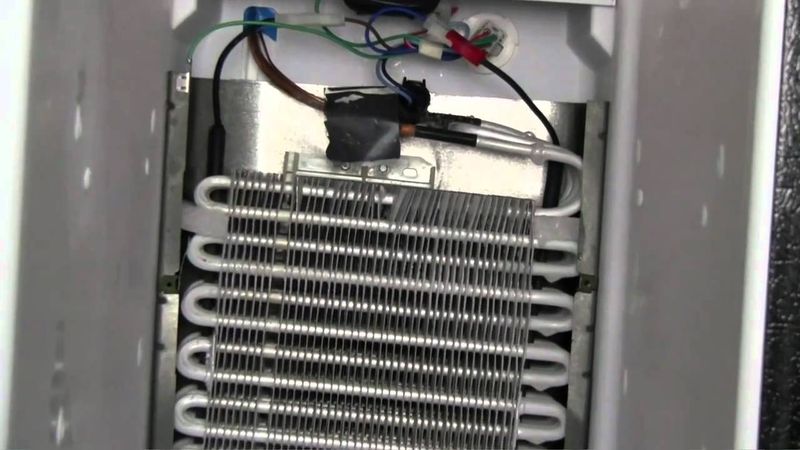
Before frost-free refrigerators, defrosting day filled the kitchen with a bizarre blend of smells. I dreaded helping mom with this chore—emptying the fridge, placing towels everywhere, and chipping away at ice buildup with butter knives and hot water.
The odor was unique: melting frost mixed with spilled food particles that had been frozen in time. Slightly sweet yet funky, with notes of mystery leftovers and forgotten vegetables rediscovered behind ice mountains. Sometimes we’d find ancient popsicles or freezer-burned hamburger meat dating back months.
The whole kitchen would smell damp and vaguely sour for hours. Modern kids have no idea how good they have it with self-defrosting appliances! That distinctive defrosting smell was the scent of technological progress still in progress.
6. Jiffy Pop’s Aluminum Alchemy
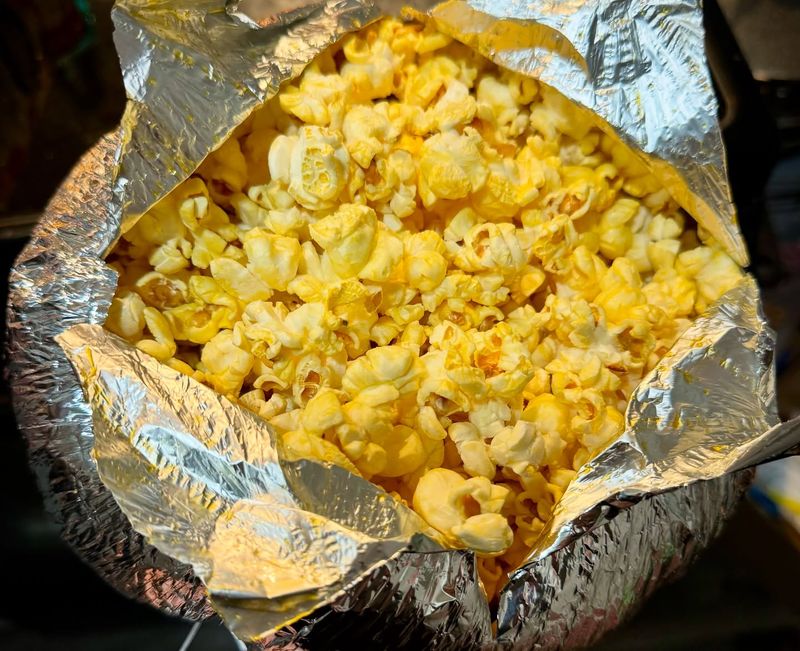
Saturday night movies at home meant one thing: the magical expanding dome of Jiffy Pop popcorn! I can still picture dad shaking that aluminum pan over the burner, creating a scent that was equal parts popcorn, hot metal, and anticipation.
The smell was distinctive—different from microwave popcorn today. It had metallic notes mixed with that buttery artificial flavor and the slight burning smell as kernels inevitably got stuck to the bottom. The aluminum package would heat up, expand, and transform before our eyes.
We’d gather around to watch the silver balloon grow larger and larger. The real magic wasn’t just the expanding foil but that unique aroma that meant family movie night had officially begun. No streaming service will ever capture that multisensory experience!
7. The Avocado Green Dishwasher Steam
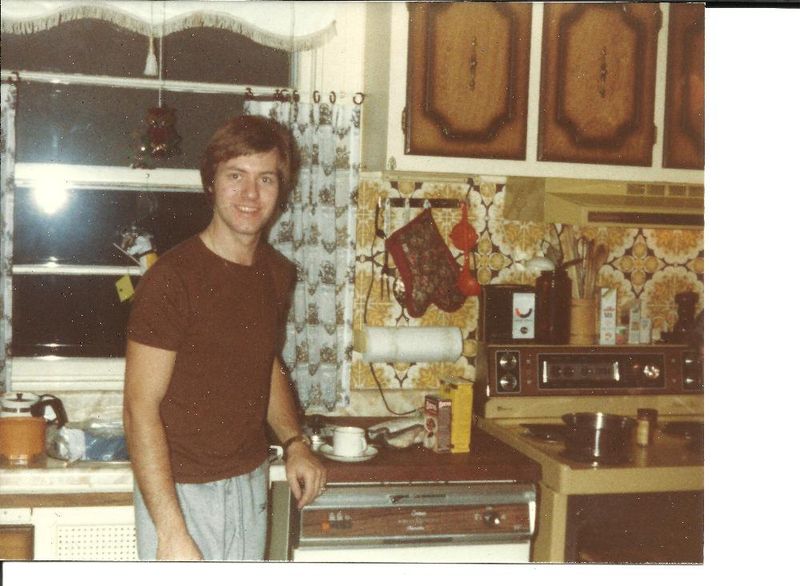
When that avocado green dishwasher door cracked open mid-cycle, a blast of hot, humid air carrying the unmistakable scent of Cascade powder would fill the kitchen. I learned the hard way never to peek inside during operation—mom would holler about wasting hot water and electricity!
The smell was industrial yet homey: part chlorine, part wet dishes, with undertones of whatever food residue was being blasted away. Our harvest gold model made distinctive grinding noises as it worked, occasionally leaking suds onto the linoleum floor.
Those early dishwashers weren’t the efficient machines we have today. They required pre-rinsing everything and often left glasses with a peculiar powdery film. But that steamy, chemical smell meant someone else was doing the dishes—and that was always worth celebrating!
8. The Metal Ice Cube Tray Struggle
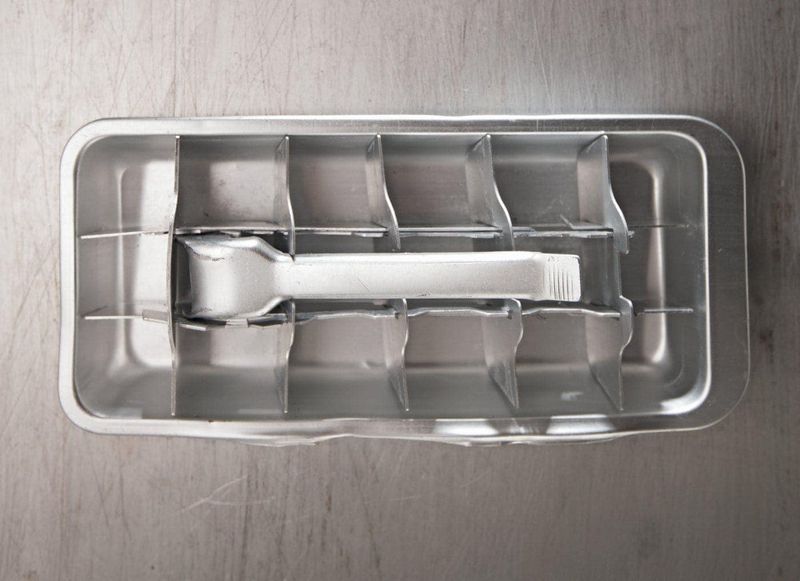
Before automatic ice makers, those aluminum trays with the lever handles produced a distinctive metallic odor when filled with tap water. I’d scrape my knuckles trying to free those stubborn cubes, creating an instant childhood memory of pain mixed with anticipation of a cold drink.
The smell combined wet metal, tap water minerals, and whatever your freezer happened to be emanating that day. There was something almost coppery about it, especially when your warm fingers touched the frozen aluminum.
Extracting ice was a skill that required just the right technique—pull the lever too hard and you’d spray ice everywhere; too gently and nothing would happen. Modern kids with their automatic ice dispensers will never know the satisfaction of successfully wrestling a full tray of cubes into a waiting glass!
9. The Pressure Cooker’s Whistle of Danger
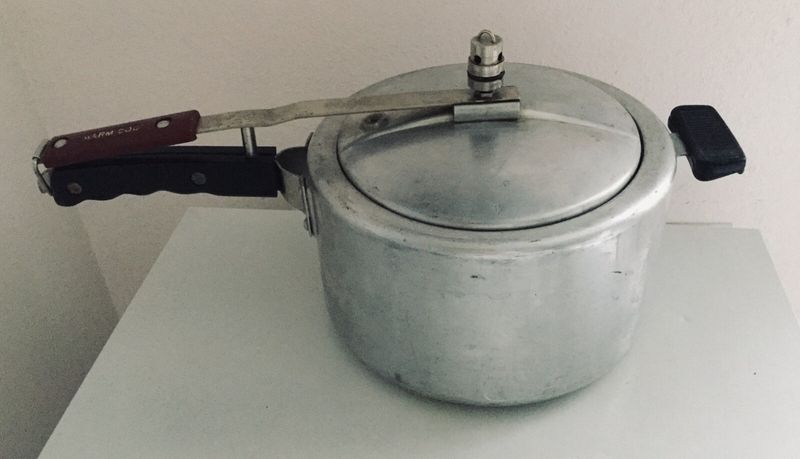
That hissing, steaming pressure cooker on mom’s stove might as well have been a bomb according to the warnings we received! The kitchen would fill with a humid, intensely food-concentrated smell as the pressure valve rattled away, threatening to blow at any moment.
I remember being both terrified and fascinated by that contraption. The aroma was whatever was cooking inside but amplified and pressurized—pot roast became super-pot-roast-smell, beans became mega-bean-aroma. And always with that underlying hint of fear.
Mom would warn us to stay back, making dinner preparation seem like a dangerous science experiment. Modern electric pressure cookers just don’t deliver that same sense of culinary adventure and potential disaster that perfumed our childhood kitchens with equal parts deliciousness and danger.
10. Tang’s Artificial Sunrise

Opening a canister of Tang released a cloud of neon orange dust that smelled nothing like actual oranges but exactly like space-age breakfast! I’d sneak spoonfuls of that sweet, tangy powder straight from the container when mom wasn’t looking.
The scent was aggressively artificial—intensely citrusy yet chemical, with notes of vitamin C and adventure. We felt connected to the astronauts drinking it in space! That distinctive smell meant Saturday morning cartoons were about to begin, with a glass of that vibrant orange concoction by my side.
No natural orange juice could compete with that synthesized flavor we came to associate with morning. The powder would inevitably spill, leaving sticky orange spots on countertops that seemed to glow with radioactive intensity. Modern kids with their cold-pressed juices are missing out on this quintessential boomer breakfast experience!
11. Corningware’s Hot Electrical Burn
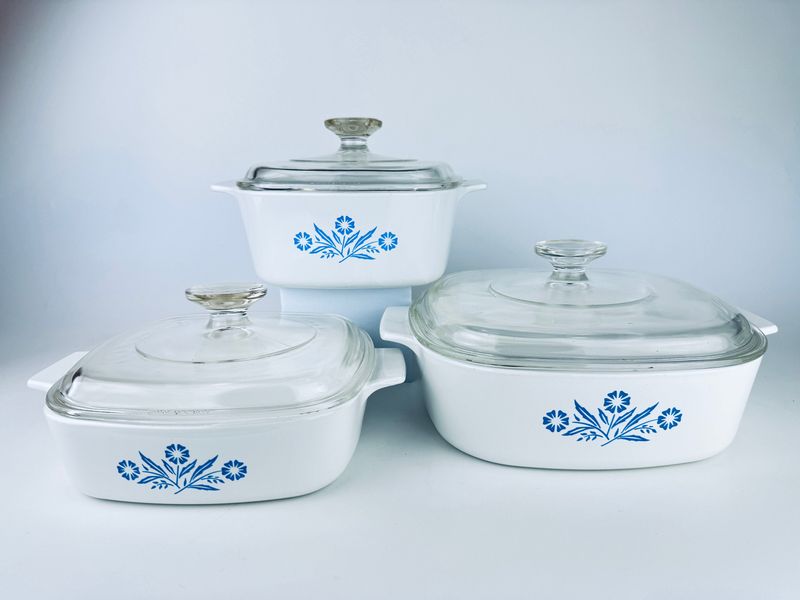
Those beloved blue cornflower Corningware dishes had a peculiar talent for producing a scorched electrical smell when they got too hot. My mother’s entire casserole collection featured those white dishes with blue flowers, and they all emitted that same strange odor during holiday meal preparations.
It wasn’t quite burning food—it was more industrial, like hot ceramic and electrical components reaching their limits. We’d know the green bean casserole was almost done when that distinctive smell began wafting from the oven.
Those dishes were indestructible workhorses that moved from freezer to oven without complaint. The slight electrical burning smell was just part of their charm—a sensory notification that dinner was imminent. Modern cookware might be more technically advanced, but it lacks that signature olfactory warning system we relied on!
12. The Oven Cleaner Chemical Cloud
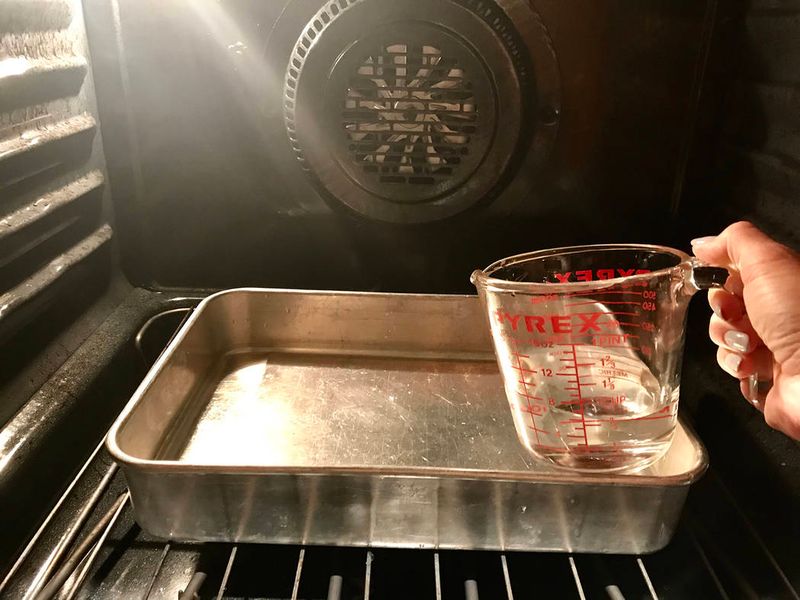
When mom declared it was oven-cleaning day, we knew to evacuate the premises immediately! That caustic, eye-watering cloud of Easy-Off would engulf the kitchen in what can only be described as weaponized cleaning power.
The smell was brutal—ammonia mixed with industrial solvents that seemed powerful enough to strip paint. Windows would be flung open regardless of the weather outside. Dad would mutter about chemical warfare as he retreated to the garage.
Those white protective gloves mom wore added to the sense that something dangerous but necessary was happening in our kitchen. No modern self-cleaning oven produces quite the same apocalyptic atmosphere. That punishing smell meant our house would soon be filled with baking aromas again—once we could all breathe without coughing!
13. The Mysterious Pilot Light Odor
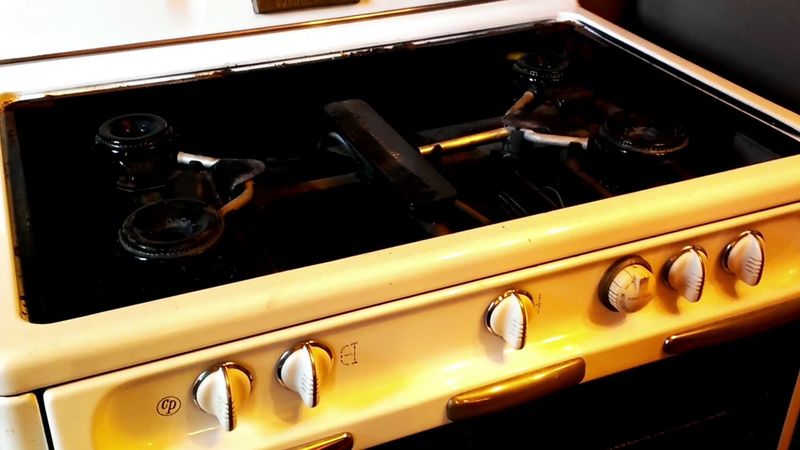
Every gas stove had that faint, perpetual smell of the pilot light burning—part gas, part dust, part warm metal. I remember crawling under our stove once, fascinated by those tiny blue flames that never went out.
The smell was subtle but distinctive, becoming part of your home’s baseline scent. You’d only really notice it when returning from vacation, when that gentle gas-dust aroma would greet you at the door. It meant home, safety, and hot meals to come.
When the pilot went out, the kitchen would fill with that heart-stopping raw gas smell, sending mom into a panic as she flung open windows. Relighting it was a nerve-wracking procedure involving matches and courage. Today’s electronic ignition stoves are safer but lack that constant olfactory reminder of potential combustion that seasoned our childhood kitchens.
14. The Copper Penny Test

Checking if fruit was ripe enough for canning involved the mysterious copper penny test—an odd metallic smell that permeated canning season. Grandma would rub a penny on peaches or apples, then sniff to detect some reaction only experienced canners understood.
The resulting aroma was curious—part metallic copper, part fruit acids, with undertones of whatever was already boiling on the stove. Steam would fill the kitchen as Ball jars clinked and lids pinged, creating a multisensory preservation symphony.
Nobody I know still performs this ritual, and I’m not entirely sure what grandma was testing for. But that distinctive smell of copper against fruit flesh instantly transports me back to those marathon canning sessions where summer’s bounty was preserved for winter enjoyment. Modern refrigeration has eliminated many food preservation traditions along with their unique sensory experiences.
15. The Wax Paper Box Mystery
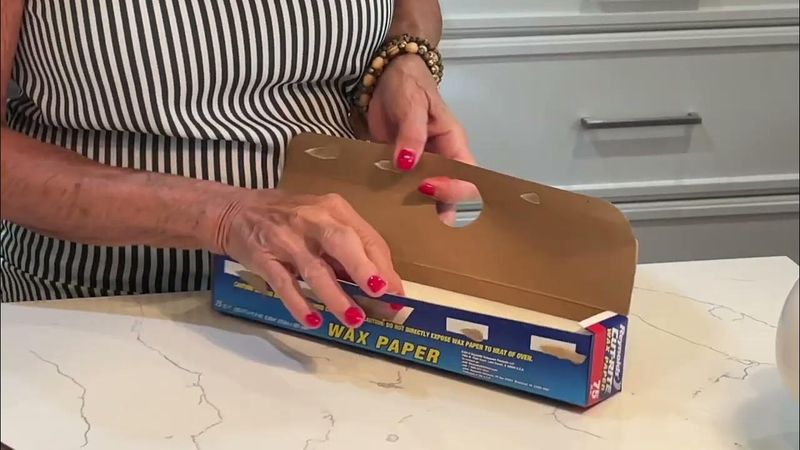
Before plastic wrap dominated food storage, that box of wax paper had its own peculiar smell—a combination of paraffin, cardboard, and the metal cutting edge that sliced your finger if you weren’t careful. I can still picture that blue box with its serrated metal strip lurking in our kitchen drawer.
The scent was subtle but distinct—slightly waxy and papery with hints of whatever had been previously wrapped inside. Sandwiches packed in wax paper developed a particular taste-smell that plastic wrap never imparts.
Unwrapping a wax paper package meant something homemade awaited inside. The crinkly sound and that faint waxy aroma were sensory signals of care and attention. Today’s kids with their ziplock bags and plastic containers are missing that tactile, olfactory experience that made unwrapping lunch feel like opening a thoughtfully prepared gift.
